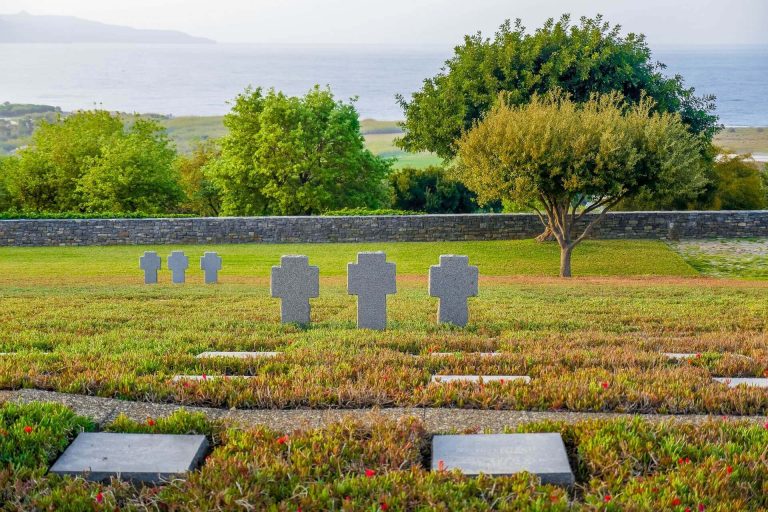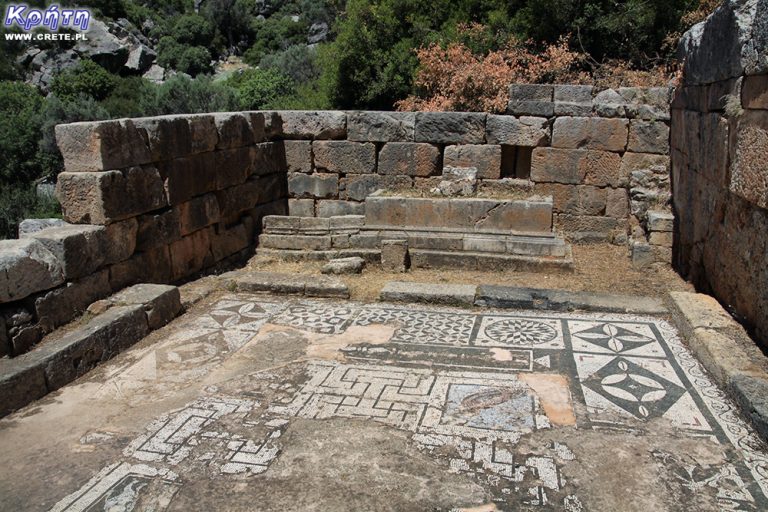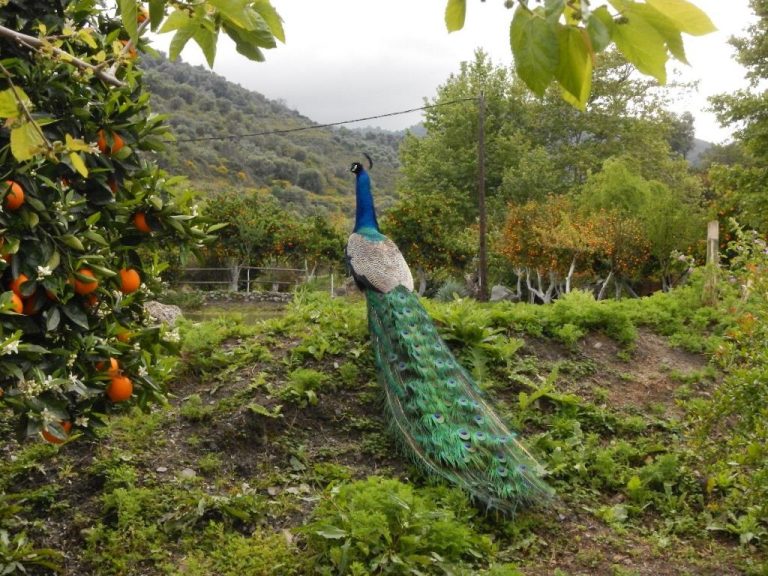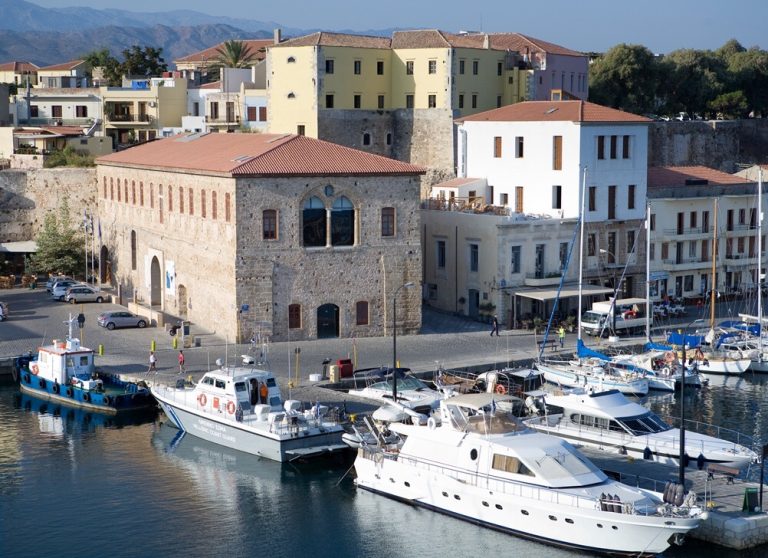Favourite
During the Second World War, about 15.000 German troops died in Greece. The German military cemetery in Maleme (Deutschen Soldatenfriedhof in Maleme) is one of two Greek cemeteries where German soldiers’ graves may be found. The German military cemetery Dionysus – Rapentozis in Attica is the other cemetery. The German cemetery is located near Maleme airport on Crete’s north shore, Read more…
Favourite
Chania prefecture is a remarkable region, especially for history buffs and those interested in ancient civilizations. Apart from the ancient Minoan ruins and the findings of the ancient city of Kydonia, Chania is home to other historical cities during the Classical and Roman periods. Lissos, for example, may be accessed by boat or by hiking for around half an hour Read more…
Favourite
The Minoan Kydonia was erected where the old town of Chania now stands. Kydonia was Minoan Crete’s third biggest town. Here, a robust craft industry grew, and the town prospered from maritime commerce, which was aided by its location. Kydonia is referred to as the mother of the Cretan cities by ancient authors. The name is said to be derived Read more…
Favourite
Around the 7th century BC, the Dorians constructed Falassarna, a well-organized city-state. However, until the 4th century, when the city-state began to develop, nothing was known about Falassarna. Falassarna, on the extreme west coast of Crete, controlled the sea passages leading to Egypt’s Alexandria. Falassarna rose to become one of the most powerful naval powers of the period as a Read more…
Favourite
The Chania Botanical Park, with its diverse collection of plants, herbs, and animals, is one of Crete’s most outstanding attractions. It is situated in the Cretan White Mountains (Omalos), 20 kilometers from the bustling town, and covers an area of 20 hectares with plants from three distinct climates: Mediterranean, Tropical, and Temperature. The Park helped to bring the region back Read more…
Favourite
The Arsenali Centre of Mediterranean Architecture, or K.A.M, is a prestigious institution run by the Chania Municipality. It is situated in a structure known as Megalo Neorio, alias Arsenali, which was built by the Venetians in 1585 and served as the Christian community’s school until the late 19th century. The Arsenali Centre was founded lately with the primary purpose of Read more…





